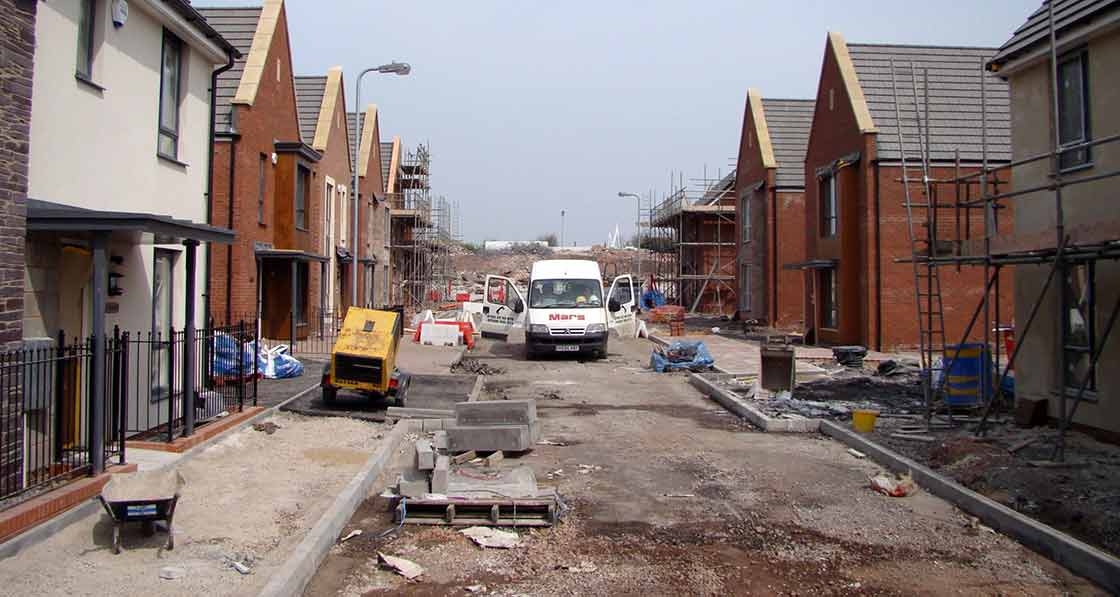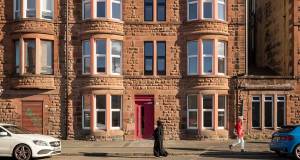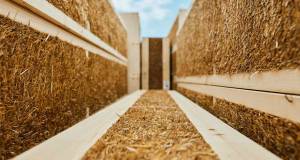
- Government
- Posted
Analysis: 12,000+ homes built in 2017 – as energy standards marginally fall
In excess of 12,000 homes may have been built in Ireland last year, new analysis by Passive House Plus has revealed – with a marginal decline in energy performance evident as housing activity increases.
The full version of this story – including a detailed breakdown of energy performance specifications for new Irish homes – is published in the brand new Passive House Plus. (Issue 24, Irish edition). To obtain a copy, click here to subscribe to the next six issues for €25 (print and digital) or €10 (digital only). The new issue is out now in newsagents nationwide.
The analysis combines data from the Sustainable Energy Authority of Ireland’s National BER Research Tool – which includes detailed information from every published Building Energy Rating for dwellings – with estimates on one-off house activity from industry sources.
The completions figures are based on final BERs for homes listed with a construction year of 2017 – where the BER was also published in 2017 – and built to the current building regulations under TGD L 2011.
Many new homes have final BERs published in the year after they were built. Excluding BERs for homes published so far in 2018, the 2017 total stands at 6,217 homes (consisting of 1,053 detached houses, 1,735 terraced units, 2,660 semi-Ds and 769 apartments).
The same figures for 2016 homes – where both the construction and final BER was completed in 2016 – total 3,502 homes, but if the BER assessment date is removed, the 2016 total stands at 6,302 homes, due to 2,731 additional BERs published since. For new homes built from 2014-16, respectively 48.08%, 37.83% and 43.34% of BERs were published after the year of construction. Applying the three year mean of 43.08% extra BERs to the 2017 figures, the total rises to 8,890 homes.
The analysis is limited by the extent to which the legal obligation to obtain a final BER prior to selling, letting or occupying a dwelling has been fulfilled. For homes built and sold by developers, the requirement to obtain a BER as part of the conveyancing process means that the figures are likely to be highly accurate.The self-build market on the other hand, is likely to be far greater than the BER data suggests. BER assessors are required to state the purpose of the assessment in each case.
1,053 2017-built dwellings were listed as either “detached house” or “house”, including 559 where BERs were obtained for house sales, a handful of rentals but only 478 listed as “new dwelling for owner occupation”. Adjusted upwards to include the projected 43.08% of as-yet-unpublished BERs, the total number of self-builds is 684 homes.
Yet two well-placed industry sources contacted by Passive House Plus made compelling arguments that the total number of new self-builds in 2017 was likely between 3-4,000 units – a figure which squares with the respective BCMS commencement notice figures for one off houses of 3570 and circa 4000 for 2016 and 2017 – indicating a possible total in the region of 12 to 13,000 homes – and suggesting the vast majority of self-builds are in breach of the legal requirement to obtain a BER.







